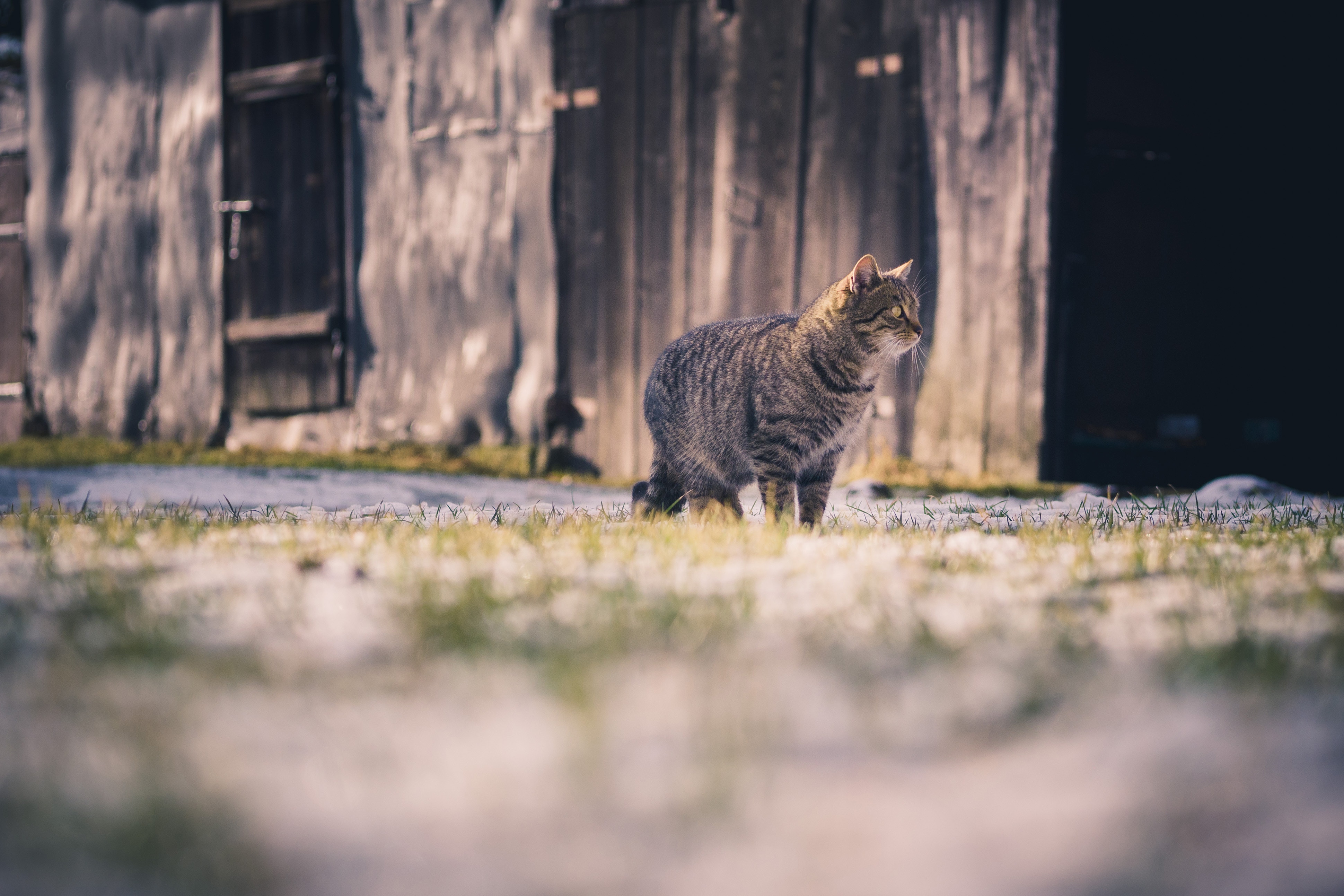Have you ever wondered what you’d do if your cat was lost? If you’re like many people you’d post pictures of Fluffy on Facebook and make an announcement. That’s a good approach to spread the word with or without a microchip. However, microchipping your cat is so simple and effective, there’s no reason not to do it. It only takes seconds to place the chip under your cat’s skin and yet, according to Petfinder, it increases your odds of being reunited with your cat by more than 2000%. “Less than 2 percent of lost cats that entered the animal shelters were reunited with their families. The return-to-owner rate for microchipped cats was dramatically higher at over 38 percent (more than 2000 percent better).” (Source, Petfinder.)
What is Microchipping?
In case you don’t know what microchipping is, “Microchips are tiny transponders that communicate your pet's ID information through radio frequency waves. Each chip is about the size of a grain of rice, and a vet usually implants it under your pet's skin in between the shoulder blades. A registration number that corresponds to information on file about your pet is coded into the chip so that a scanner can easily read the radio frequency and retrieve details about your cat's identity.” (Source, Animal Planet.)
So if your cat was lost and brought to an animal shelter, that animal shelter can scan your kitty for the chip. As long as you’ve filled out the form online with your proper address and contact information, you should be able to be reunited easily.
One question cat lovers ask frequently, is: Is microchipping your cat safe?
The answer is “yes”.

Is Cat Microchipping Safe?
According to The Drake Center, a leading San Diego area veterinary hospital, “Cat microchipping is considered very safe. As with any medical procedure, there is always a risk of side effects. These include: Potential migration of the chip into another location Tumor development at the injection site (although this is extremely rare and no proven cases at this time) It is important to note that side effects have occurred in a very small portion of cats, and are considered very rare compared to the tens of millions of cats who have received microchips. When it comes to microchips, the potential rewards far outweigh potential risks.” It’s a quick injection, so feels like a needle prick. It’s over before your kitty even realizes anything happened.
How Much Does Microchipping Cost?
The cost will vary depending on whether you have it done while you’re already there for another reason or you make a special trip but the fee is usually around $50. There may be another fee to register your kitty’s information with the database.
Please Register Your Kitty
Once you’ve microchipped your cat, be sure you register her with the database. Your veterinarian will give you the information on where and how to do it. It’s a simple process that will only take you a few minutes and without doing this part, you may as well not microchip your cat because it won’t help. After all, the microchip gives your kitty’s identification number. Your information in the database supplies your kitty’s address.

Even Indoor Cats Benefit from Being Microchipped
If you think you don’t need to microchip your kitty because she never goes outside, you’d do well to reconsider. After all, cats are known for their curiosity and many of them also like to roam. You never know when your cat might slip through an open door and take themselves on a tour of the neighborhood. Microchipping (and old-fashioned collar and tags) can help you find your cat if she becomes lost.
Now, if you don’t know if your cat is microchipped, your veterinarian can check for you on your next visit. Do you need to make an appointment for your kitty?
